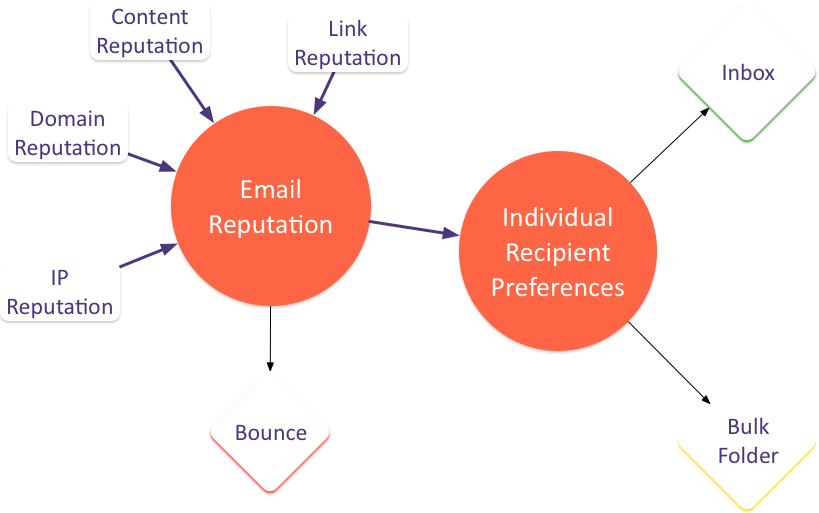The Future of Deliverability
There always seems to be appetite from folks to read the tea leaves and follow up with predictions about what the future holds. I mean, how many folks in the US are obsessively refreshing polls for the last few weeks? (American’s: don’t forget to vote on Tuesday!)

The reality is, though, we don’t know what the future holds and we can’t always make predictions. I’ve mostly stayed out of the prediction game even as many of my fellow experts are readying “What 20XX holds for email marketing and deliverability!” articles every year for publication in December and January. There are a couple times I’ve dipped my toes in but generally my opinions are mostly “more of the same” and I am too busy to make stuff up just for clicks.
I’m not sure that’s true for deliverability this year, though. I’ve done multiple speaking engagements this year and the theme that has woven through all of the talks is there is a big shift in what I’m seeing in deliverability and we’re in a moment of transition and chaos. This was the theme of my talk at Email Camp Message Mania back in September. You can watch the full video of my talk.
For those of you who don’t want to watch the full 30+ minute video here’s the summary.
Deliverability, like most internet marketing, is relatively new. But for something that didn’t exist 25 years ago, we mostly know what we’re doing. We have playbooks and guides and “rules” and how to blogs that help folks understand both deliverability problems and how to go about resolving them.
Thing is, many of these playbooks and guides are the product of a lot of work and effort by a relatively small group of people. People who tried a lot of different things, talked to each other and wrote down what worked. We, essentially, created the whole profession.
Back when I started doing compliance and deliverability professionally back in 2000 there was no playbook. There were no standard processes, there were no websites or guides or postmaster pages. It was pretty chaotic. OK, it was very chaotic. Often there were no clear paths and we tried a bunch of things and saw what worked.
But as the 2000s went on, we started to get a handle on things and develop deliverability as real profession. We emerged from the chaos and we knew what we were doing.
In the last couple years I’ve been feeling like the things we did and the processes we developed back in those early, chaotic years have not kept up with the modern email ecosystem. We were working in an entirely different environment and the processes we created haven’t really kept up.
Take opens as an example. When I first started recommending folks use opens as engagement, most of the consumer mailbox providers were not loading images by default – even when the recipient actually opened the mail. The recipient had to go out of their way to load images. Now, consumer mailbox providers are fetching images before the user ever gets near the email. It’s a different environment.
I see a lot of parallels between now and 20 years ago. Things are chaotic, we don’t have a lot of clear guides and examples and information about what is going on. We’re working from data that isn’t great, and isn’t always accurate.
The good news is: We’ve been here before and things will get better. It might take us a while, but my colleagues in deliverability are dedicated, smart people. We will figure out the new rules together and we will work within the new framework.
The short term future is, I’m afraid, more chaos and a lot of folks going ‘uhhhh… I dunno’ to deliverability questions. The short term future is a lot of recommendations that are different from recommendations you may have gotten a few years ago. The short term future is deliverability is much harder than it used to be.
The longer term future is we’ll get through the chaos and come out the other end. We’ll rewrite the playbook and we’ll have new solutions and someone smart person will come up with ways to measure engagement that work in the modern ecosystem.
It will get better. The future will mean more solutions and better deliverability.
But it might be a bit challenging between then and now.

